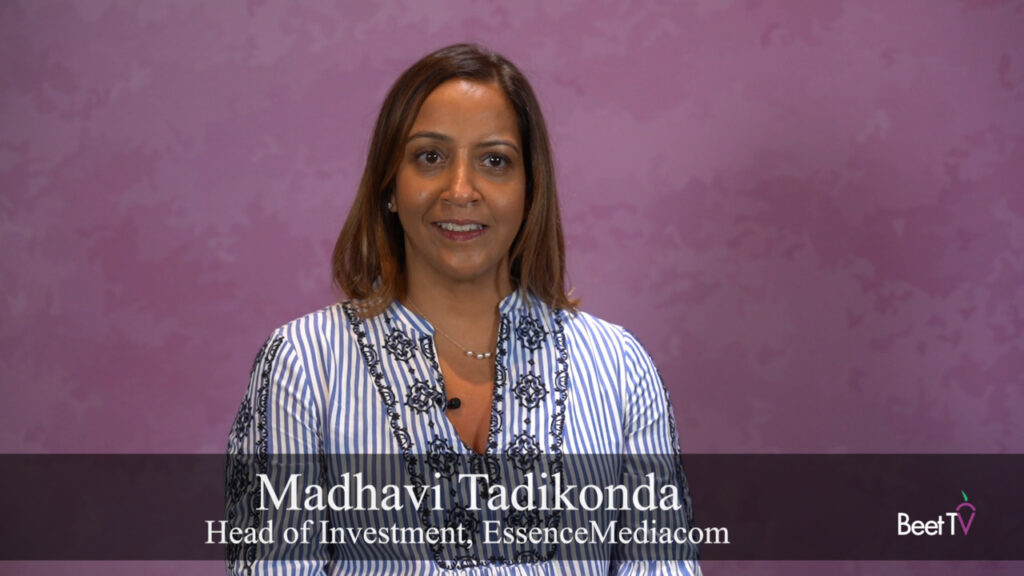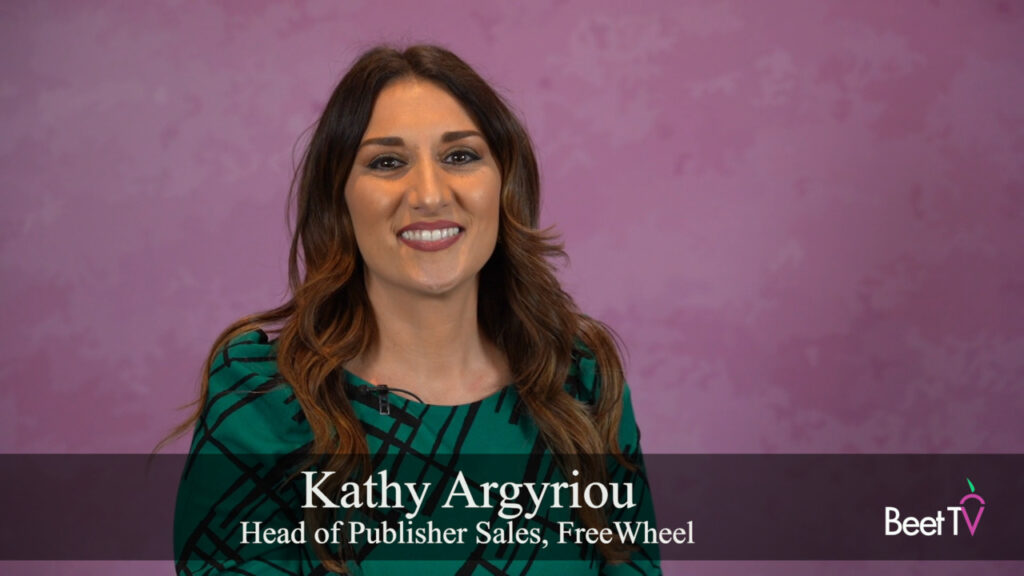LAS VEGAS — Around the TV industry, advertising executives are responding to growing consumer disaffection for ads, by reducing ad load and rejigging the duration of ads served in to commercial breaks.
But what if machines did it for them?
That’s a future Scott Braley sees emerging. Speaking on a Beet.TV panel, the Ooyala ad platforms GM explained the idea.
“We’re seeing some broadcast customers who use analytics from the player to inform ad load on a little bit more of an optimised basis,” he said.
“We’re moving in that direction where there’s more machine feedback that automates the different number of breaks you can have, the load per break and what-not … adjusting the pod length, the number of breaks per hour.”
Turner has already been experimenting with running fewer, longer, better ads in its breaks, and other TV firms are examining how to make ads more engaging. Braley thinks algorithms can customise the deployment of TV ads for different audiences.
“Certain audiences have a different predilection for consuming content,” he says. “Certain content will attract more affinity from users. Certain devices will generically have different user experiences.
“Looking across those three and figuring out, at any moment in time, if there’s an optimal ad load based on what you know about the user and the audience and the content, then informing the advertising platform to adjust its setting.”
But, also appearing on the panel, Fox Networks Group advertising data and technology group SVP Noah Levine thinks linear TV is “a way’s away” from the prospect, whilst Viacom data strategy SVP Gabe Bevilacqua said acceptance of higher ad load comes down to targeting.
“It’s quantifiable, it’s clear – when you are in-target, you’ll watch more of the ads,” he added.
This video is part of Beet.TV’s coverage of the 2017 NAB Show in Las Vegas. The series is sponsored by Ooyala. For more coverage of NAB, please visit this page.


























